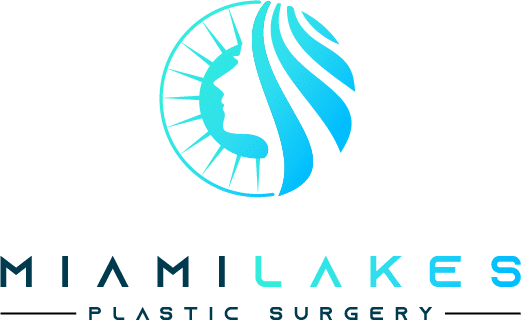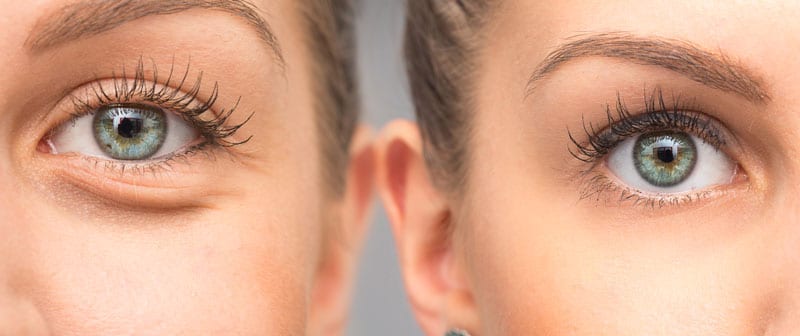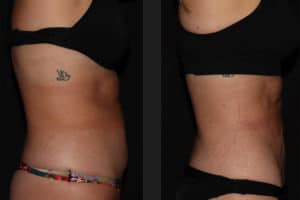Eyelid surgery (technically termed blepharoplasty) can enhance your appearance and your self-confidence, but it will not necessarily change your looks to match your ideal or cause other people to treat you differently. Before you decide to have surgery, think carefully about your expectations and discuss them with your surgeon.
Is this procedure right for you?
The typical candidate for eyelid surgery is thirty-five or older, but younger patients with hereditary traits including droopy or baggy eyelids may be appropriate for this surgery as well. Patients who are psychologically stable with realistic expectations and good health have the best results from this procedure.
What does blepharoplasty entail?
Eyelid surgery reduces drooping upper eyelids or bags below the eyes to make the face appear younger and fresher. Fat, excess skin, and muscle are removed from the upper and lower eyelids.
The surgery is generally completed within one to three hours. For upper lids, incisions are made along the natural creases in the eyelids, through which the surgeon removes excess tissue underneath the skin. The skin is trimmed and closed with extremely fine sutures.
For bags below the eyes, a transconjunctival blepharoplasty will be done. The incision is inside the lower eyelid, leaving no visible scar. This procedure is more appropriate for younger patients since they have thicker and more elastic skin. It is safer than traditional lower-eyelid surgery, which requires incisions just below the eyelashes.
Is it possible to have another procedure done at the same time?
Yes, eyelid surgery can be done simultaneously with a facelift or browlift.
What is the surgery like?
Blepharoplasty usually takes one to three hours, depending on the extent of the surgery. In a typical procedure, your surgeon will make incisions following the natural creases of your upper lids. The incisions may extend into the crow’s feet or laugh lines at the outer corners of your eyes. Working through these incisions, your surgeon will separate the skin from underlying fatty tissue and muscle, remove excess fat, and trim sagging skin and muscle if necessary. The incisions are then closed with very fine sutures.
If you have a pocket of fat beneath your lower eyelids, your surgeon will do a transconjunctival blepharoplasty. In this procedure the incision is made inside your lower eyelid, leaving no visible scar. It is usually performed on younger patients with thicker, more elastic skin. When the skin shows increased elasticity, additional skin tightening procedures can be performed in conjunction with blepharoplasty. The transconjunctival blepharoplasty is a safer alternative to the traditional lower eyelid surgery in which the incisions were made in a crease just under the eyelashes.
What risks are involved?
Rare complications include reaction to anesthesia, infection, double or blurred vision lasting a few days, temporary swelling near the corners of the eyes, minimal asymmetry in healing or scarring, and small whiteheads after removal of stitches (these can be easily removed by the surgeon).
How long can I expect the results to last?
For many patients, the effects of this surgery are permanent. You can expect the improvement in your appearance to last for years.
What will I need to do before surgery?
Think about your goals and expectations before the first meeting with your surgeon. Together you will discuss and decide whether the procedure should include upper or lower eyelids or both, and whether skin and fat needs to be removed.
You will need several consultations before surgery, at which tests of your vision and tear production will take place. You will need to provide records from your latest eye exam with an ophthalmologist and bring your glasses or contact lenses.
On the day of your surgery, make sure someone is available to drive you home and help you for a few days until your vision is returned to normal.
Where will the surgery take place?
We can perform this procedure in our office or an outpatient surgery center or hospital. Eyelid surgery is typically an outpatient procedure.
What should I expect from the post-surgery recovery period?
You may experience some initial tightness or soreness in your eyelids, but your surgeon will prescribe pain medication for relieving any discomfort. The stitches will be taken out within the first week after your procedure, but your surgeon will closely monitor your recovery for one to two weeks.
The swelling and discoloration around your eyes will go away after the stitches are removed. If you wear contact lenses, you will have to wait at least two weeks before resuming their use after the surgery, and they may not feel as comfortable for some time afterward. However, you will be able to read or watch television a few days after the surgery.
You will probably be able to return to work and other normal activities within ten days, though bruising will take longer to heal. Your scars will be slightly pink for several months but will fade to near invisibility over time. It is important to avoid strenuous activity that raises your blood pressure for several weeks after your procedure, and your eyelids may be overly sensitive to sun and wind during that time.





